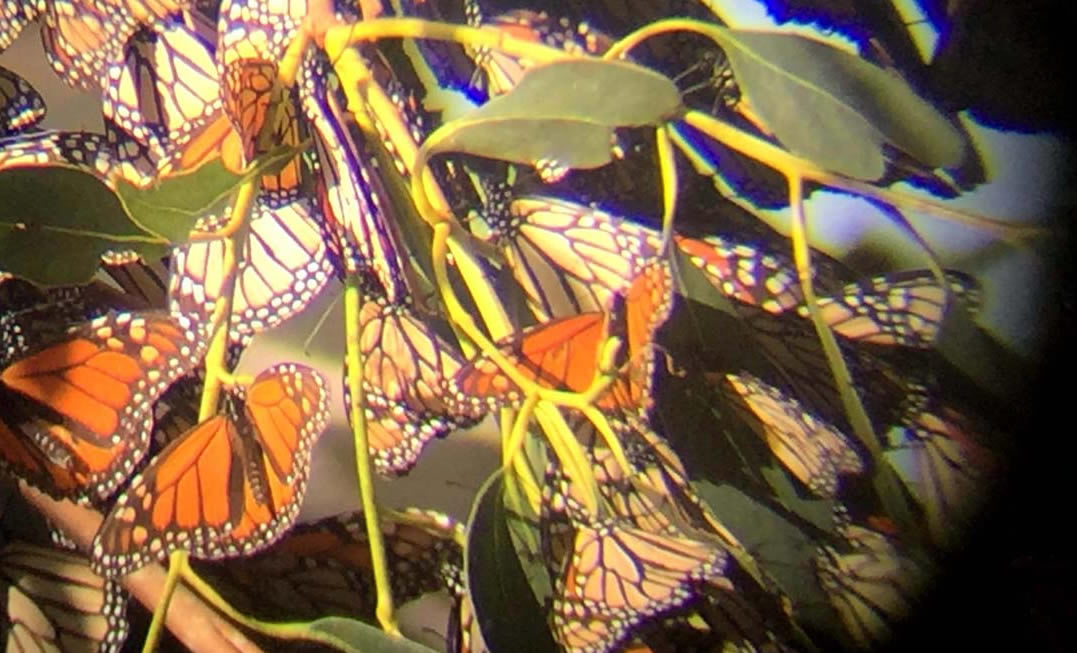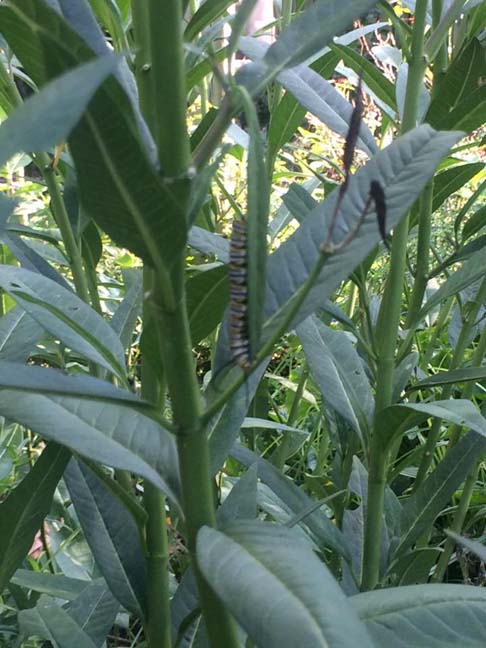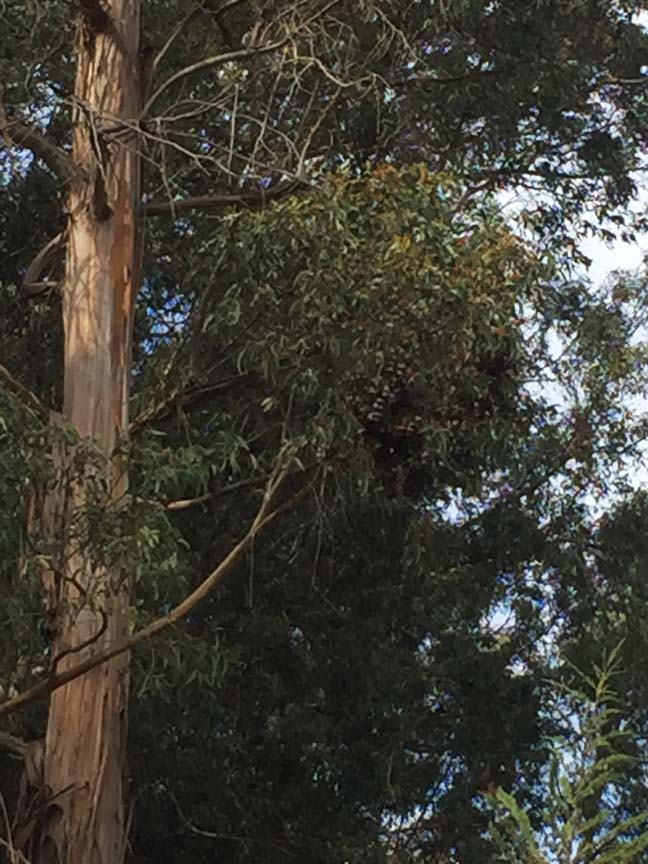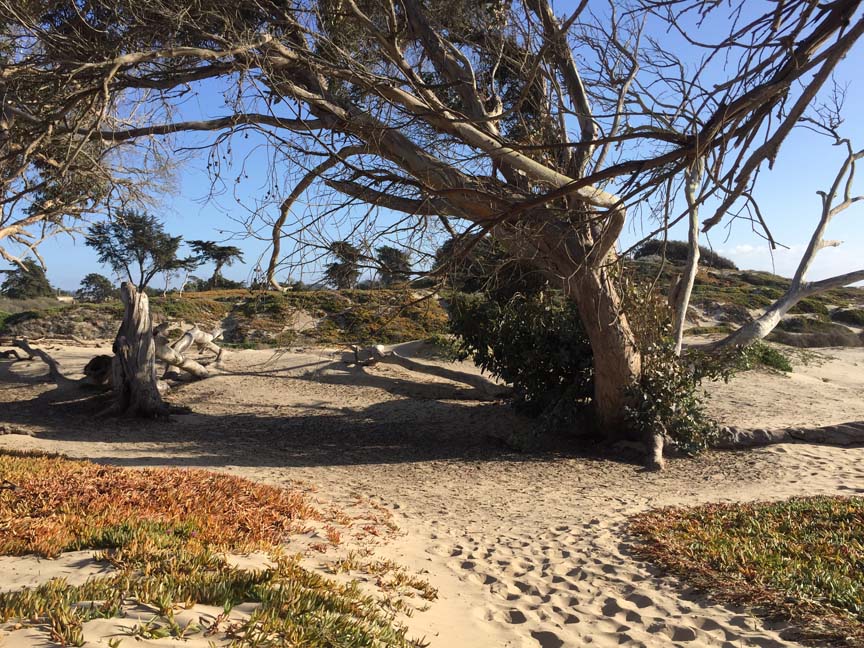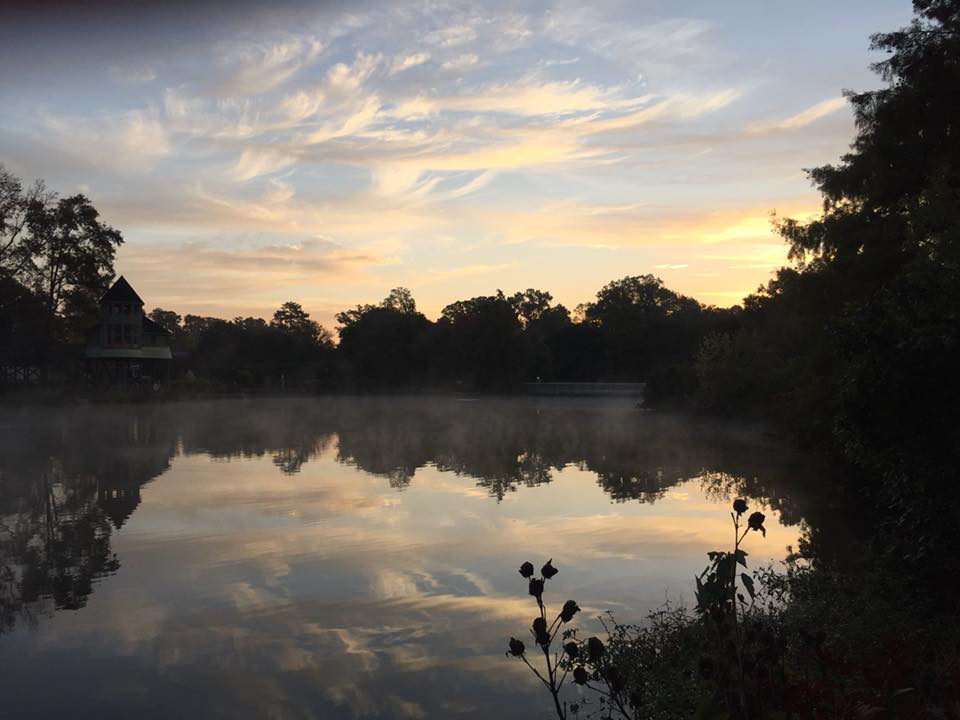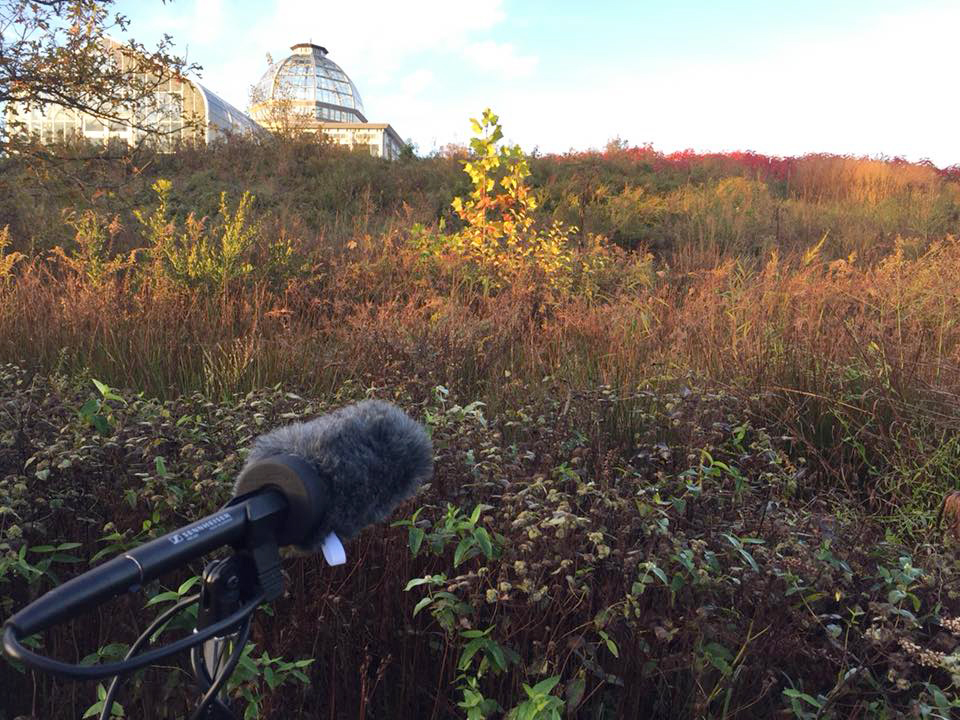A Northward Migration
A Sound Installation by Dr. Vaughn Garland
April 6 to October 14, 2018
Lewis Ginter Botanical Garden
Richmond, VA
Located in the Lewis Ginter Botanical Garden Conservatory, A Northward Migration uses sound to explore the migration routes of butterflies, especially Monarchs, as they traverse the landscape of North America. This exhibition features sounds collected from Lewis Ginter Botanical Garden, field recordings from sites along the routes, and interviews with pollinator and butterfly biology specialists. The work will highlight the delicate connection between these stunning and endlessly fascinating creatures and the landscapes, plant life, and climate that impact them and are vital to their continued survival. A Northward Migration premieres during Sound Arts Richmond and will be presented in all four galleries of the Conservatory for the 2018 season of Butterflies Live!.
A Northward Migration is divided into three works: “Meadow,” “Wind” and “Protection.” A live listening station is placed in the Butterflies Live! exhibition.
Participants:
Lauren Adleman, Horticulturist, Maymont
David Blink, College of the Siskiyous
Danielle Bronson (Patterson), California State Park Interpreter II, Pismo Beach Monarch Grove, Oceano Dunes District;
Dr Lincoln Brower, Research Professor of Biology, Sweet Briar College;
Anna Chahuneau, Director, Pursuing the Monarchs;
Wendy DesChene, Professor, Auburn University;
Lorrie Lincoln, Volunteer, Lewis Ginter Botanical Garden;
Pablo Jaramillo López, Universidad Nacional Autónoma de México;
Rob Mackay, Sound and Environment, Univ of Hull, UK
Linda McBride, Virginia Master Gardener and Naturalist;
Laurie McMinn, Horticulturist, Lewis Ginter Botanical Garden;
John Morse, Director of Horticulture, Lewis Ginter Bontanical Garden;
Jeff Schmuki, Professor, Georgia Southern University;
Ralph White, Former Manager, James River Park System. |
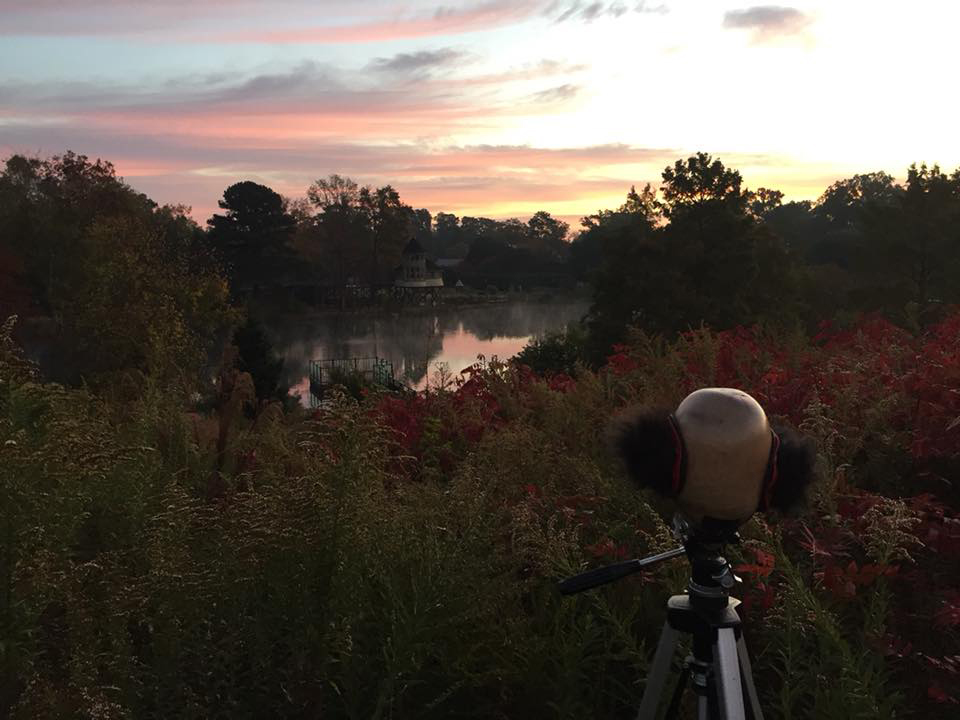
|
Meadow (Dome Room)
60 Minutes Looped
One cannot be angry in a meadow. Well, unless, maybe, you are the one being eaten. A meadow is a universe all its own, with nations of many individual creatures and cities teaming with life. Amongst the towers of grass, tiny life forms play out nature’s drama—cycles of life and death, prey and predator. The sounds of a meadow have always fascinated me; howls, calls, chirps, and songs are all audible signs of the drama below.
A managed meadow is the perfect place for pollination. In meadows, bees and other pollinators can find and disperse treasuries of pollen that are essential to a healthy ecology. Ultimately, meadows provide significant benefits to us and to the myriad creatures that help us, in ways almost too complex and beautiful to fathom. The chances of fertilization of our own food crops are best if the bees, butterflies, and moths are here to help.
Take a closer look--- all organisms share in the wealth of a meadow, maybe even sharing from the same plant. Like meadows—the shady rainforest environments are teaming with life. The leaves of the Coffee Tree (Coffea spp.) can be a host for butterflies, and its fragrant white flowers are nectar sources. The fruits are harvested, roasted, and ground up for humans, too.
Contributors (in order of appearance): Anna Chahuneau, Pursuing the Monarchs; Dr. Lincoln Brower, Research Professor of Biology, Sweet Briar College; Linda McBride, Virginia Master Gardener and Naturalist; Ralph White, Former Manager (retired), James River Park System; Laurie McMinn, Horticulturist, Lewis Ginter Botanical Garden; John Morse, Director of Horticulture, Lewis Ginter Botanical Garden; Rob Mackay, Sounds and Environment, University of Hull, United Kingdom
Field Recordings by Anna Chahuneau, with David Blink and Rob Mackay Cerro Pelon Monarch Sanctuary, Mexico
|
|
|
|
Field Recordings:
Harrison Lake National Fish Hatchery, Charles City, Virginia,
James River Park System, Richmond, Virginia,
Joshua Tree National Park Service, Joshua Tree, California,
Lewis Ginter Bontanical Garden, Richmond, Virginia,
Pismo Beach Monarch Grove, Pismo Beach, California,
VCU Rice Rivers Center, Charles City, VA,

|
|
Wind (West Wing)
60 Minutes Looped
Wind can be frightening and also calming. A calm breeze may give rise to butterflies, bees, or birds as they canvas for food. But too much wind can have devastating effects. If the wind is unseasonably bitter and cold, monarchs migrating from overwintering grounds in southern climes can die off in significant numbers.
Winds can also push these monarch wanderers into new areas, following entirely new migration routes that were not known until recently. In California, monarchs shelter from the winter ocean winds in large eucalyptus trees and can be found clustering together for safety.
In the desert landscape the wind can be overwhelming and foreboding. And, yet, the landscape is bursting with life. Imagine the types of landscapes and weather conditions our wandering monarchs must face while traveling from Mexico to Canada and back.
Take a closer look-- after a rainfall or in the morning, little pools of water collect on cactus leaves and flower petals, and drip from vines. These miniscule ponds are perfect water bowls for thirsty insects and butterflies. Desert plants rely on these pools of water as well. Can you see any pooling on the massive Blue Agave Century Plant (Agave Americana)?
Contributors (in order of appearance): Lauren Adleman, Horticulturist, Maymont; Anna Chahuneau, Director, Pursuing the Monarchs; Danielle Bronson (Patterson), California State Park Interpreter, Pismo Beach Monarch Grove, Oceano Dunes District; Dr. Lincoln Brower, Research Professor of Biology, Sweet Briar College; Laurie McMinn, Horticulturist, Lewis Ginter Botanical Garden; Linda McBride, Virginia Master Gardener and Naturalist; Lorrie Lincoln, Volunteer, Lewis Ginter Botanical Garden;
|
|
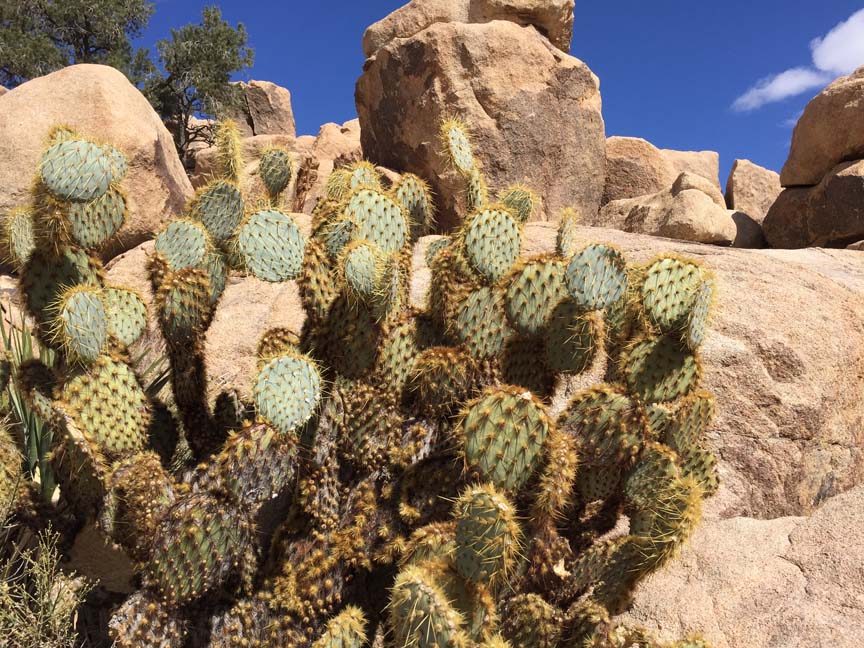
|

|
Protection (East Wing)
60 Minutes Looped
Turn over a leaf during a rainstorm and you might encounter a butterfly resting underneath. Our world is delicately balanced and every living thing seeks some sort of protection to stay alive, whether it is a bear cub staying close to its momma, or a family of Chimney Swifts swooping into tiny spaces for a night’s rest. Humans seek protection, too; but sometimes, we serve as a significant threat to the living things with which we share our planet.
Here, in this humid and colorful environment all sorts of plants offer protection to things big and small. And yet, this same place invites and celebrates life’s greatest lesson: that we are all in this together. The butterflies benefit from the plants, the plants from the butterflies.
Take a closer look-- you may find butterflies hovering around the large Banana Tree (Musa spp.) to your right. The Owl Butterfly (Caligo genus) loves slurping rotten banana fruit and the banana tree can is also a host plant. You may also see a few butterflies checking for nectar on the Murray Panniculata tree to your left.
Other noteworthy host plants include the Tropical Passionflower (Passiflora Vitifolia), which provides nourishment to many tropical caterpillars, the Gulf Fritillary (Argaulis Vanillae), Julia Heliconian (Dryas Julia), Vareigated Fritillary (Eupotoieta Claudia), Zebra Heliconian (Heliconius Charitonia), and the Small Postman (Heliconius Erato).
Contributors (in order of appearance): Lorrie Lincoln, Volunteer, Lewis Ginter Botanical Garden; Linda McBride, Virginia Master Gardener and Naturalist; Laurie McMinn, Horticulturist, Lewis Ginter Botanical Garden; John Morse, Director of Horticulture, Lewis Ginter Bontanical Garden; Lauren Adleman, Horticulturist, Maymont; Wendy DesChene, Professor, Auburn University; Jeff Schmuki, Professor, Georgia Southern University; Dr. Lincoln Brower, Research Professor of Biology, Sweet Briar College; Anna Chahuneau, Director, Pursuing the Monarchs; Danielle Bronson (Patterson), California State Park Interpreter, Pismo Beach Monarch Grove, Oceano Dunes District; Ralph White, Former Manager (retired), James River Park System.
|
|
 |
 |
Special Thanks:
Kristin Thoroman, Exhibition Manger, Lewis Ginter Botanical Garden;
Chelsea Mahaffey, Lewis Ginter Botanical Garden;
Ryan Olsen, Lewis Ginter Botanical Garden;
Robyn Mackey, California State Parks Oceano Dunes District, California;
Dena Bellman, California State Parks Oceano Dunes District;
|
Operators: Rob Mackay, Sound and Environment, Univ of Hull, UK; Pablo Jaramillo López, Universidad Nacional Autónoma de México; David Blink, College of the Siskiyous, USA; Franco Ramirez, Mexico; Benny Talbot, UK; Alice O’Rourke, UK; Jef Shults, La Bru, Mexico; Patricio Moreno; Butterflies & Their People arborists, Mexico; Biosphere Soundscapes; SoundCamp
|
|
